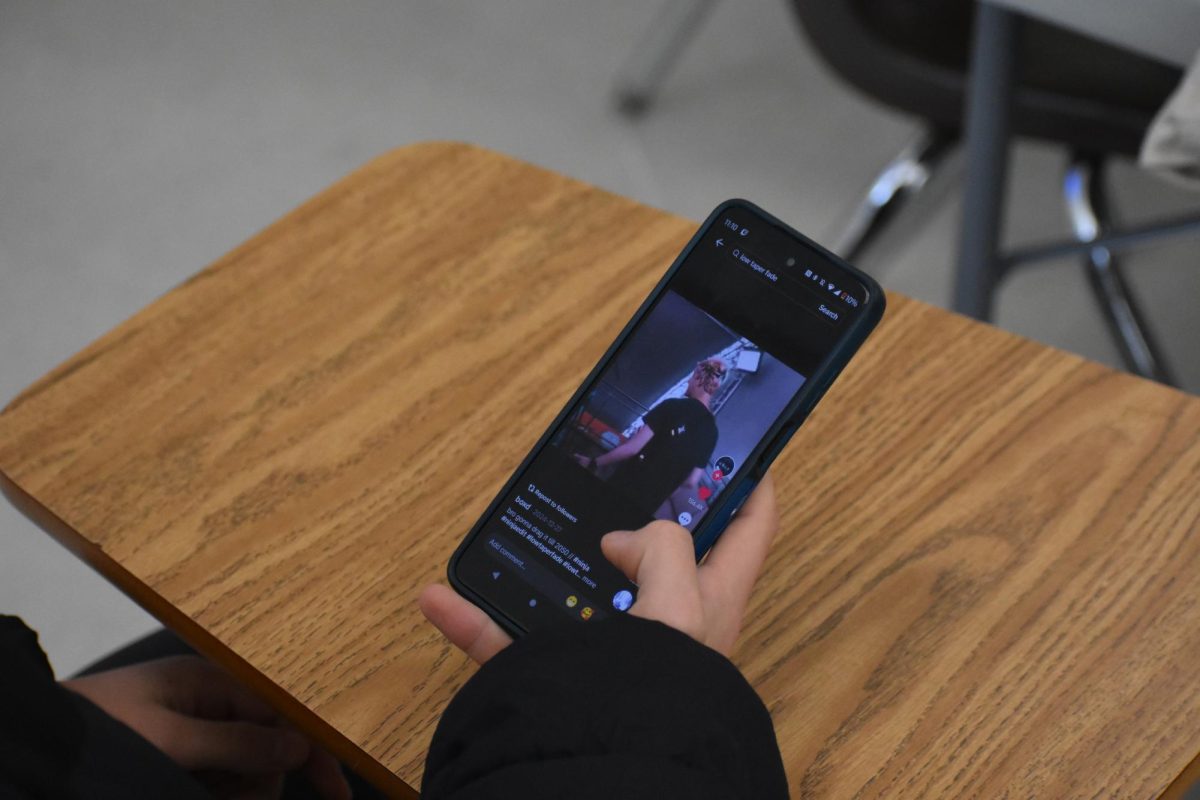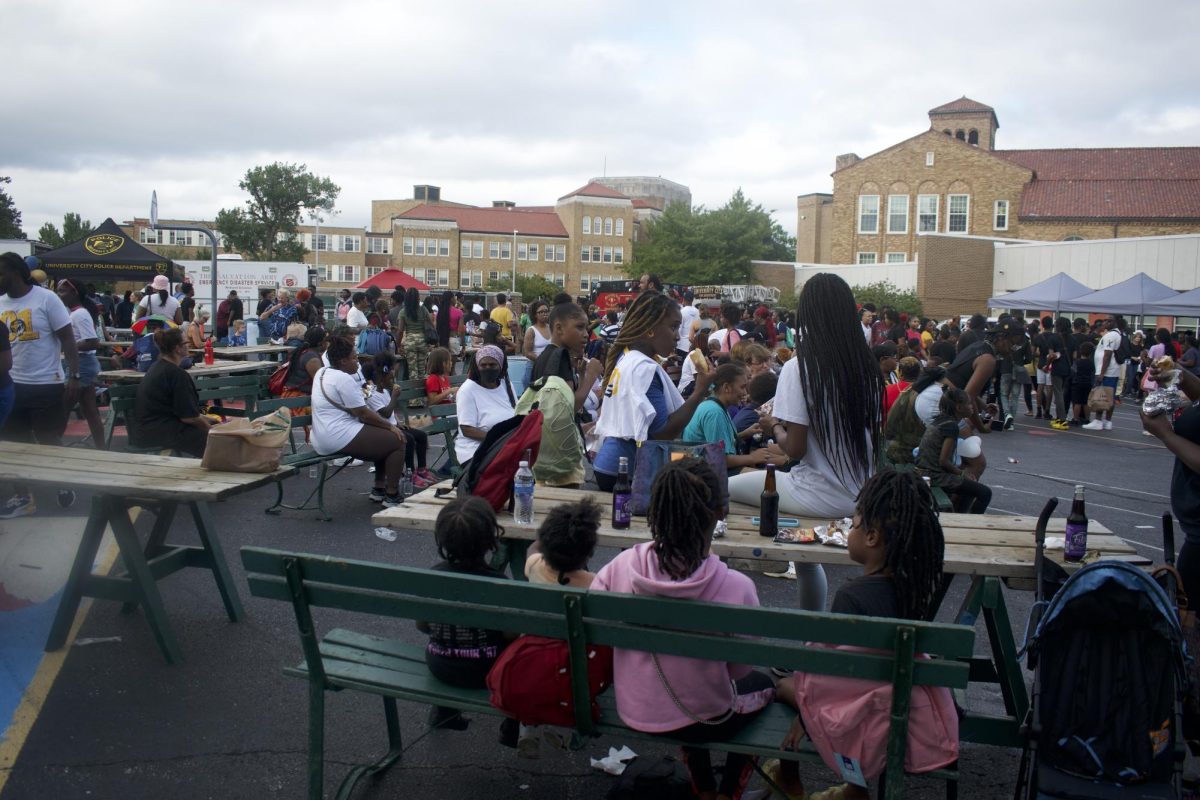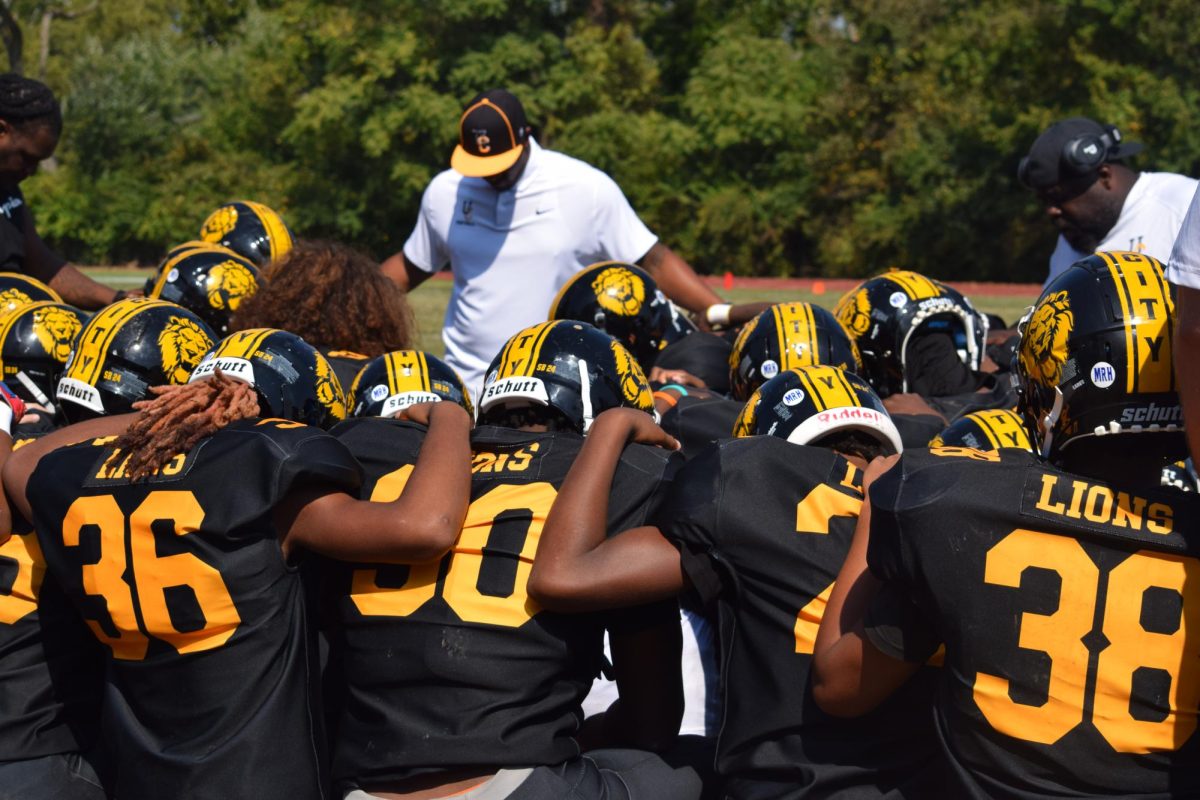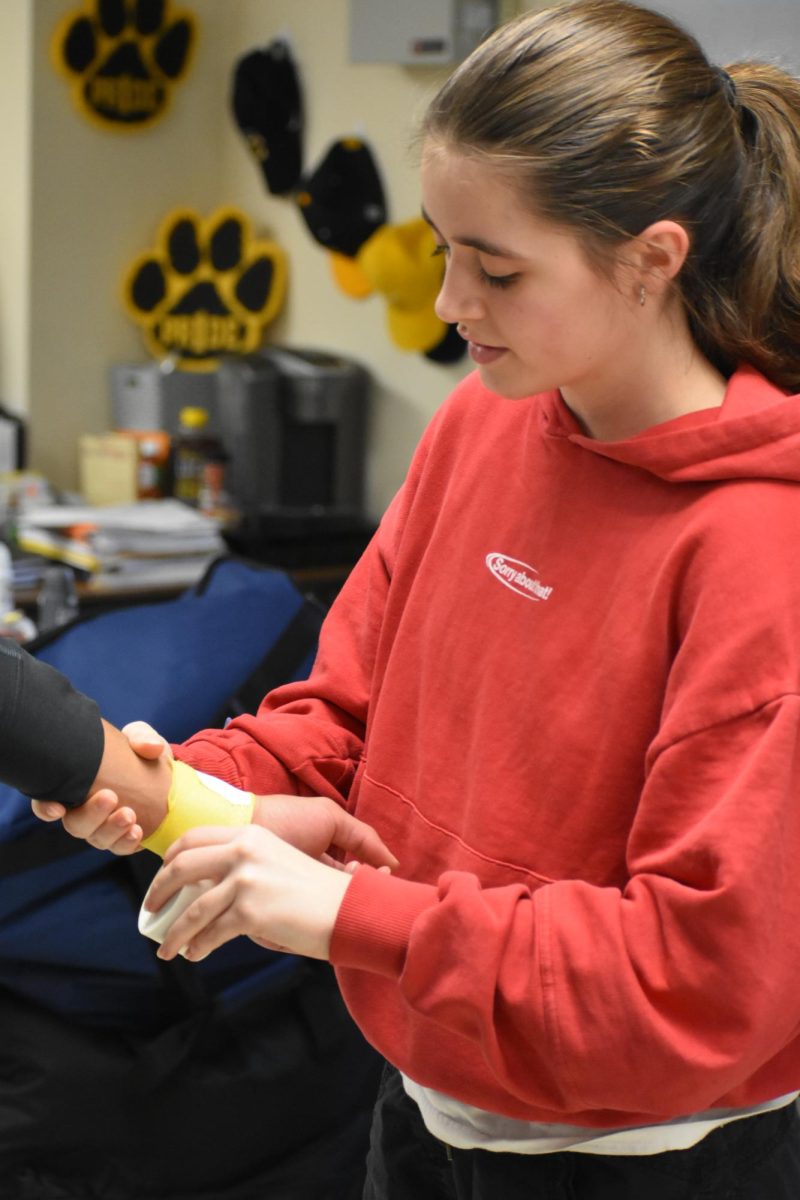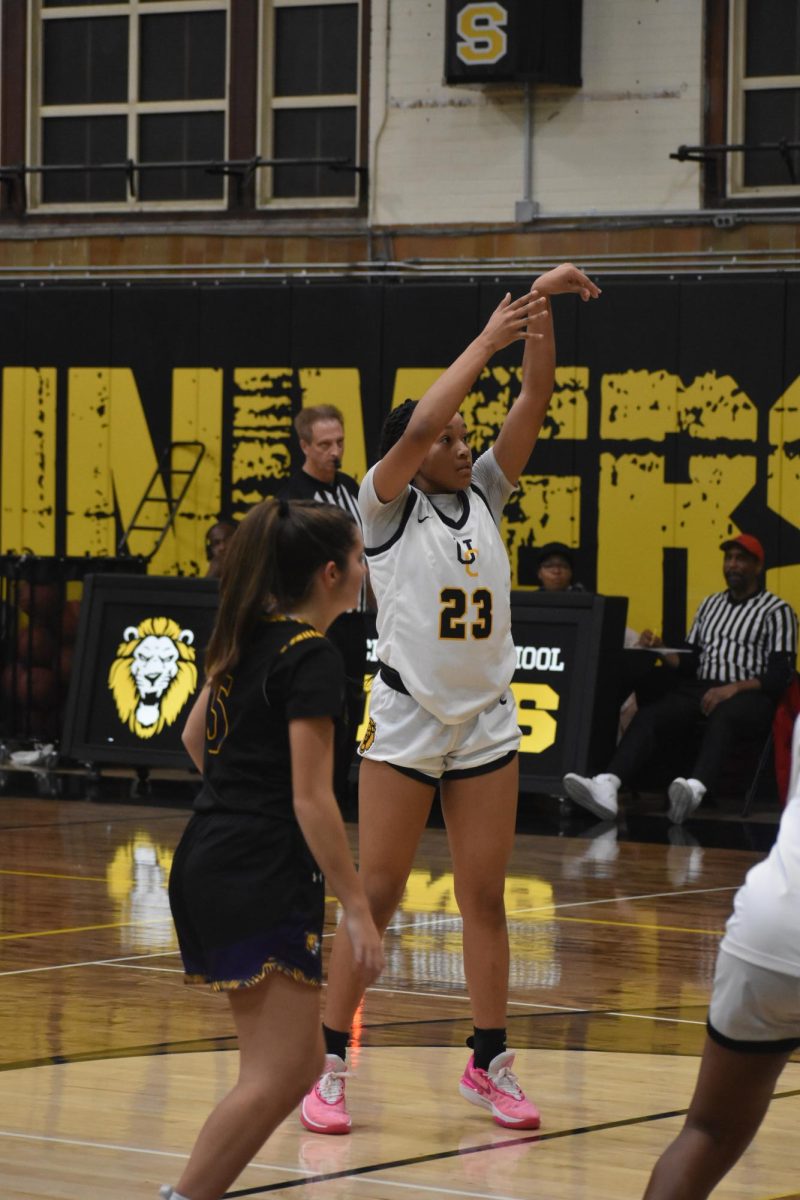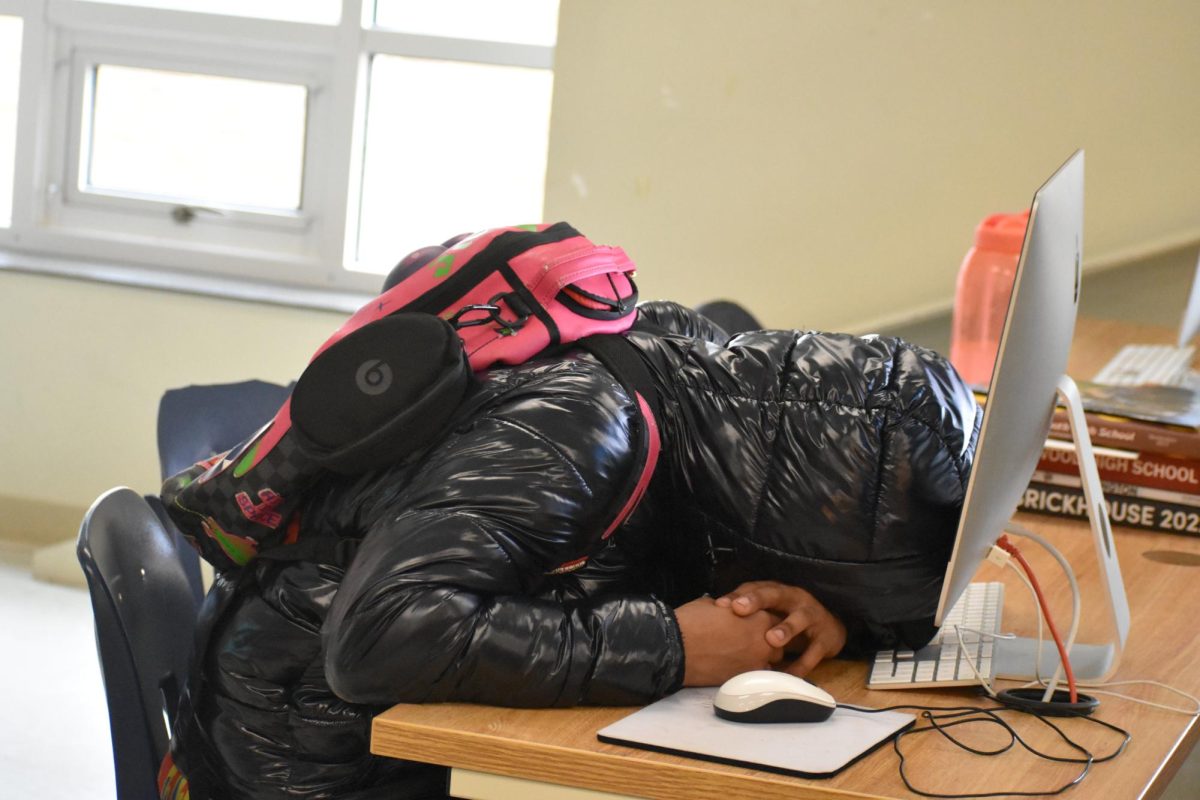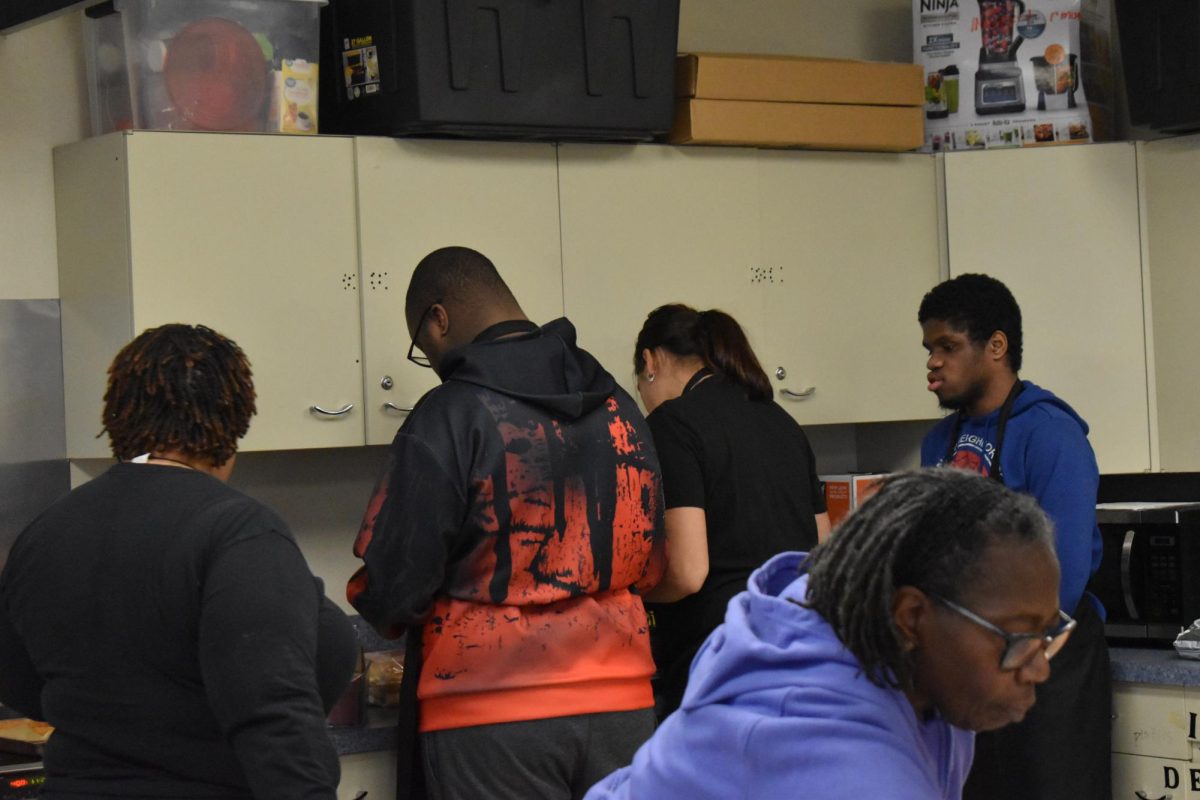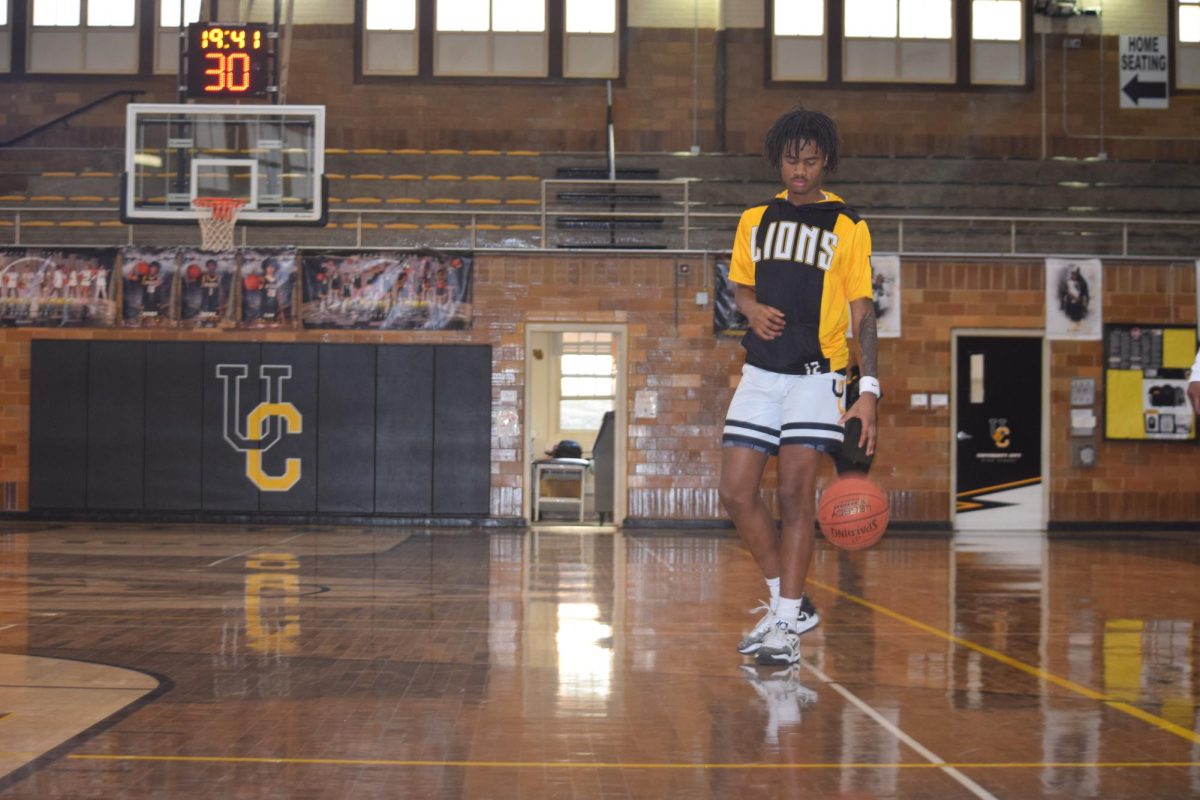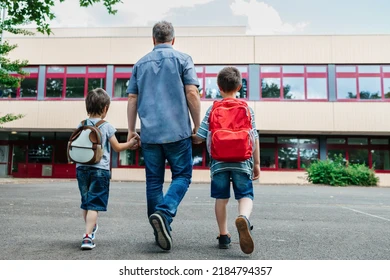In these times when reports of the “knockout game” are consuming the headlines, how are we to view episodes of physical violence at school? Is school violence a fact of life, an inevitable product of teenage hormones and immature frontal lobes? What should we, as students, expect, and how do we feel about the recurring fights that punctuate our weeks? Most importantly, is there anything we can do about it?
The U-Times survey on school violence confirms that most of us are not happy about the fights at school and agree that violence is not a healthy way to solve problems. Thinking that violence is funny or relieves the boredom is not surprising given the popularity of “professional” wrestling on TV, but I thought students would be less cavalier about real violence close to home. Perhaps knowing that the vast majority of students perceive those who fight as immature or idiots will provide some deterrence. We can only hope.
It is clear that students share the frustration that our teachers and administrators must feel in dealing with the complex issue of violence in our school. The school already has much in place to combat school violence: zero tolerance, hall monitoring, a Principal’s Council of students to give feedback to the administration, celebration of positive student accomplishments, and a robust roster of extracurricular activities. The visibility of these efforts must not be high enough, however, as many students are not aware of them. Moreover, the effectiveness of current interventions is clearly inadequate as fights are rampant and 10% of those surveyed are sometimes afraid to come to school because of safety concerns. I find this last fact inexcusable!
It’s time to try some new approaches. Peter T. Coleman and Morton Deutsche of the International Center for Cooperation and Conflict Resolution at Teachers College, Columbia University, describe a comprehensive program to prevent violence in schools, which we could adopt and integrate into the fabric of our school. Their strategies include:
1. Put conflict resolution concepts and skills and anger management techniques into the curriculum. It could be a short course like driving school taught in detention, or it could rotate through seminars so everyone might benefit and learn to resolve difficult conflicts constructively.
2. Establish a confidential conflict management program with trained student and faculty mediators. They could deal with referrals from teachers, administrators, coaches, and students to tackle issues of bullying, harassment, and more. These groups help determine the source of the problem and solve it through discussion. Students Helping and Relating to Each Other (SHARE), part of the national Natural Helpers, is one example of such a program.
3. Teachers, no matter what subject they teach, stimulate and structure constructive controversy in regular classes to promote the development of perspective taking, critical thinking, and other skills involved in conflict resolution. Ms. Ertmann’s biotech debates need to go viral!
4. Finally, adults throughout the system undergo collaborative negotiation training so that they model for the students the desired attitudes and behaviors in their own interactions.
According to hubpages.com, 80% of public schools experience violence, so we are not unique. Acknowledging violence in our school does not mean we need to accept it. We can actively participate in abolishing it if given the opportunity. Is the school district ready to invest in us? Are we up for the challenge?


